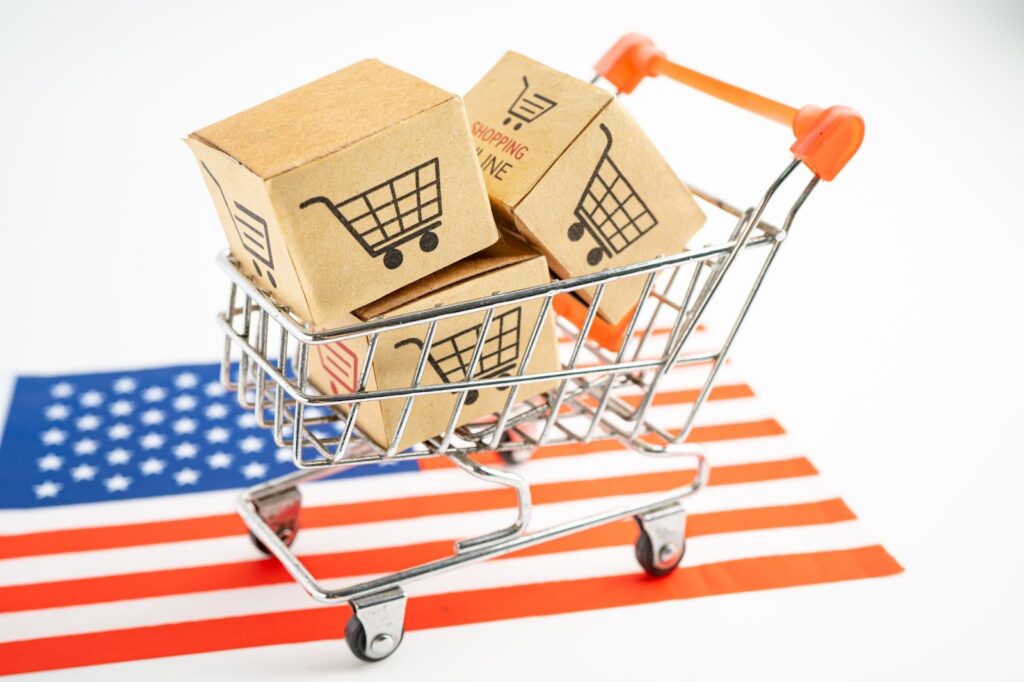Imagine a world where the cost of goods fluctuates overnight due to government-imposed tariffs. Businesses scramble to reconfigure their international supply chains, and consumers bear the brunt of rising prices. This was the reality for many during Trump’s presidency, as his tariff policies aimed at protecting American industries had global repercussions. At Importivity, where supply chain solutions are our specialty, understanding these impacts helps us guide businesses through such challenges.
In this blog, we’ll explore how Trump’s tariff policies influenced international supply chains, highlighting their implications for businesses and consumers. We’ll also provide actionable insights to navigate a tariff-impacted trade landscape.
Understanding Trump’s Tariff Policies
Trump’s administration implemented tariffs targeting imports from major trading partners, including China, the European Union, and Canada. These measures aimed to:
- Reduce the U.S. trade deficit
- Encourage domestic manufacturing
- Pressure trading partners into renegotiating trade deals
Key policies included:
- The U.S.-China Trade War: Tariffs on over $360 billion worth of Chinese goods.
- Steel and Aluminum Tariffs: Imposed globally but with exceptions for certain allies.
- Automobile and Parts Tariffs: Proposed but partially implemented.
While these tariffs sought to bolster U.S. industries, they disrupted global trade by increasing costs, encouraging protectionism, and compelling companies to rethink supply chain strategies.
Impact on International Supply Chains
1. Increased Costs of Raw Materials
Tariffs on raw materials like steel and aluminum directly affected manufacturing costs. Companies dependent on imported inputs faced higher production expenses, leading to:
- Price hikes for end consumers
- Reduced competitiveness in global markets
2. Supply Chain Diversification
Businesses sought alternatives to mitigate tariff-related costs. This led to:
- Shifting manufacturing to countries unaffected by U.S. tariffs (e.g., Vietnam, Mexico)
- Exploring regional supply chains to minimize risks
3. Disrupted Trade Flows
Trade imbalances caused by tariffs prompted companies to alter logistics and inventory strategies. Ports experienced bottlenecks, and shipping routes changed as companies avoided tariff-heavy regions.
4. Technological Innovation and Automation
To offset rising costs, many firms invested in automation and digital technologies. AI and blockchain became essential tools for:
- Enhancing supply chain visibility
- Reducing operational inefficiencies
Case Study: U.S.-China Trade War
Before Tariffs
China was a primary supplier for various industries due to its cost-effective manufacturing capabilities. Companies relied heavily on Chinese exports for:
- Electronics
- Textiles
- Machinery
After Tariffs
With tariffs escalating, businesses experienced:
- Increased costs for Chinese imports
- Relocation of manufacturing to countries like India and Southeast Asia
- Greater emphasis on domestic production
| Impact | Pre-Tariff | Post-Tariff |
| Import Costs | Low | High |
| Dependency on China | High | Moderate |
| Supply Chain Flexibility | Low | High |
Strategies for Businesses
1. Embrace Supply Chain Resilience
- Diversify supplier bases to reduce dependency on one region.
- Build buffer stocks for critical components.
2. Leverage Trade Agreements
Stay updated on trade deals like the USMCA, which offers opportunities for tariff-free trade within North America.
3. Invest in Technology
- Implement AI-driven demand forecasting.
- Use blockchain to improve supply chain transparency.
4. Collaborate with Supply Chain Experts
At Importivity, we specialize in optimizing supply chains to adapt to changing trade environments. Our tailored solutions ensure businesses remain competitive despite external disruptions.
Future Outlook
1. Global Trade Realignments
The ripple effects of Trump’s tariffs continue to influence global trade policies. Nations are forming new alliances, and businesses are adapting to a multipolar trade landscape.
2. Green Supply Chains
Environmental considerations are gaining traction. Companies are prioritizing:
- Sustainable sourcing
- Reducing carbon footprints in logistics
3. Technological Integration
The future of supply chains lies in digitalization. AI, IoT, and robotics will play important parts in:
- Reducing costs
- Improving efficiency
Takeaways
Trump’s tariff policies reshaped the global supply chain landscape, pushing businesses to innovate and adapt. While challenges persist, opportunities abound for companies willing to embrace change. At Importivity, we’re committed to helping businesses navigate these complexities with expertise and cutting-edge solutions.
By understanding the lessons of the past and preparing for future disruptions, businesses can build resilient, agile supply chains that thrive in any trade environment.
Frequently Asked Questions
1. How did Trump’s tariffs impact global supply chains?
Trump’s tariffs increased costs, disrupted trade flows, and encouraged companies to diversify suppliers and relocate manufacturing.
2. What industries were most affected by the tariffs?
Industries like automotive, electronics, and steel manufacturing experienced significant impacts due to increased raw material costs and supply chain disruptions.
3. How can businesses mitigate the impact of tariffs?
Businesses can mitigate tariffs by diversifying supply chains, leveraging trade agreements, and investing in automation and technology.
4. Are Trump’s tariff policies still relevant today?
While some tariffs remain, their influence has shaped global trade policies and supply chain strategies, making them relevant for future planning.
5. How can Importivity help with tariff-related challenges?
Importivity offers tailored supply chain solutions, helping businesses adapt to tariff impacts and optimize their logistics for maximum efficiency.




